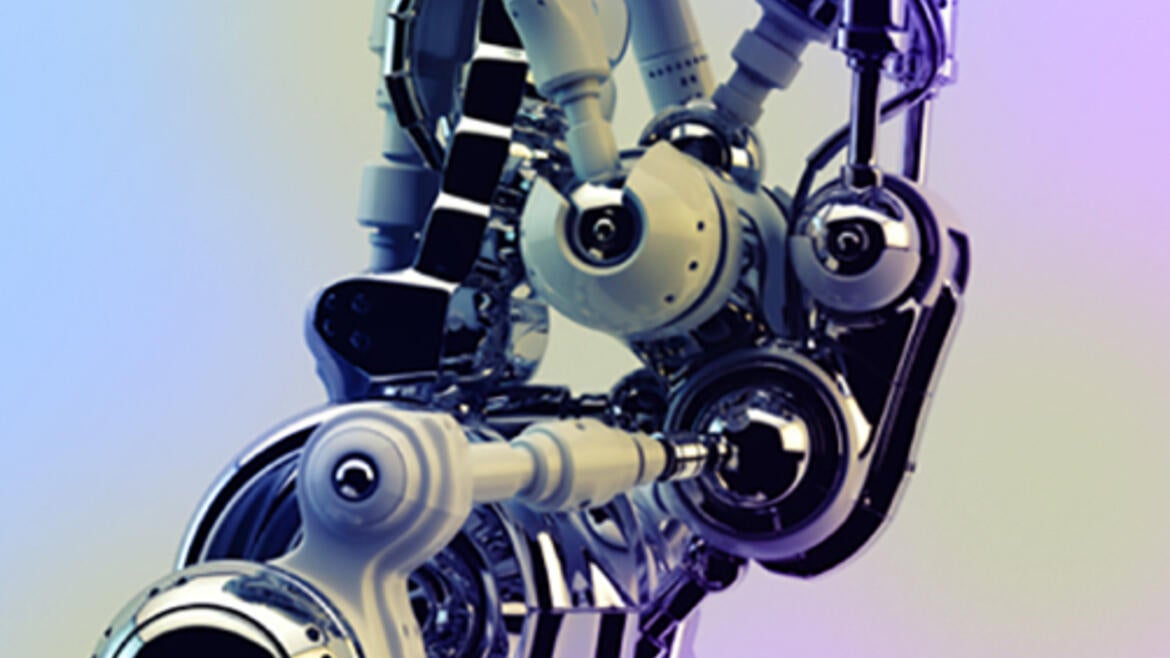Colloquium: Tomonori Yamamoto

Subsuming the Sense of Touch: From Surgical Robots to Prostheses
Tomonori Yamamoto, Ph.D.
Robotics Engineer at SynTouch LLC
Most human tasks requiring dexterous manipulation of objects are highly dependent on haptic feedback. The word haptics is originally derived from Greek and means related to the sense of touch. Despite a big surge of robots in manufacturing in the last couple of decades, most of them still lack haptic feedback. In this talk, I will speak about two applications of robotic technology that subsumes the sense of touch. First, I will present a technique of real-time tumor detection in teleoperated robot-assisted surgery. During teleoperation of surgical robots, the proposed method creates a stiffness map that consists of online estimation of mechanical properties of tissue and a graphical overlay of stiffness information on endoscopic images. With a custom version of the da Vinci Surgical System, experiments were conducted using both artificial and biological tissues. Second, I will describe the development of the BioTac®, a multimodal biomimetic tactile sensor for prostheses and robot hands. The BioTac is a very unique tactile sensor capable of acquiring information unavailable from any other commercially available tactile sensors. It has the modalities and dynamic sensing range of human fingertips, and can extract triaxial force, microvibrations, and thermal flux. Recent efforts to install and use the BioTac sensors on a prosthetic hand for object slip detection/prevention and a robot hand for unknown object identification will be introduced.
Tomonori Yamamoto is a Robotics Engineer at SynTouch LLC, a company developing the multimodal biomimetic tactile sensor, located in Downtown Los Angeles. He received his M.S. and Ph.D. from the Department of Mechanical Engineering at the Johns Hopkins University in 2006 and 2011, and his B.E. from the Department of Control and Systems Engineering at the Tokyo Institute of Technology (Japan) in 2003. His current research interests include the development of a robotic system that performs exploratory/manipulation tasks with human-level performance.